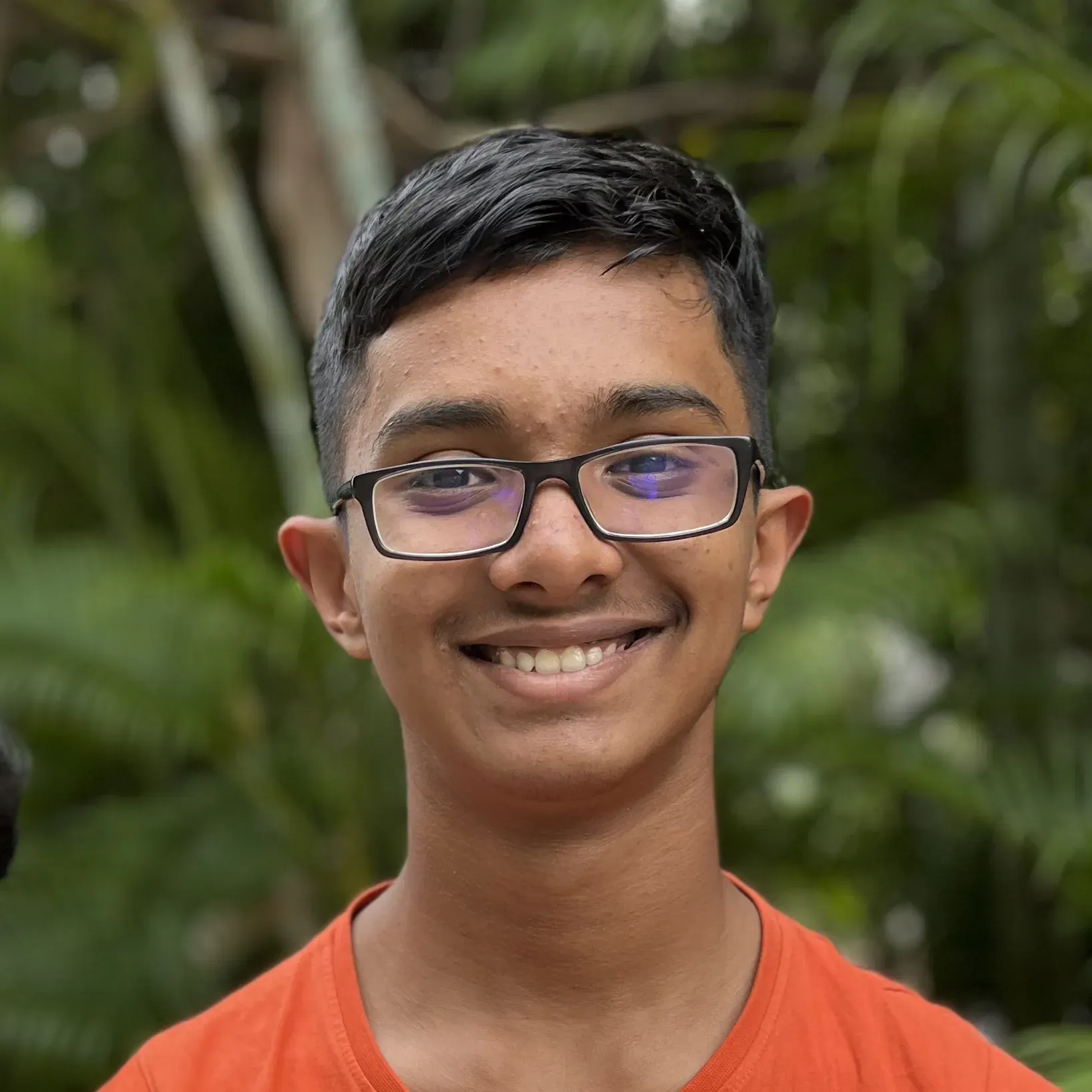Jaipur

We woke up around 7 AM and left the hotel at 8:30 AM with Mr. Singh, the same cab driver who had taken us to Shekhawati, to begin our day with an auspicious visit to the Birla Temple. The journey to the temple took us through the posh residential areas of Jaipur, where you can find huge bungalows that bear similarities to Lutyens’ Delhi, a rarity in modern India.
The Birla Temple in Jaipur, like other Birla Temples, is constructed with pure white marble, and you can see the Moti Dungri Fort in the background. Next to the Birla Temple, there is the famous Ganesh Temple, which we chose to skip. After a quick tour of the Birla Temple, Mr. Singh took us for breakfast, where we relished a simple yet delicious meal of Jalebi and Samosa, a delightful treat we had been craving from Bangalore.
Our next stop was Hawa Mahal, the iconic building of Jaipur. We entered from the side and purchased a combo ticket that allowed entry to five government-maintained attractions. At the ticket counter, we were told that an audio guide was unavailable, but we later discovered that it was available at the counter inside. We hired a guide for 150 rupees (the posted price was 200, but we were his first clients). Our guide was knowledgeable about the history and the best spots for photography.
From the back, Hawa Mahal may not appear as appealing, but it has two large courtyards. The building was designed for royal ladies to observe the world without being seen. It boasts approximately 937 windows overlooking the Delhi-Jaipur highway, which used to host major parades and events. This allowed the ladies to witness royal processions and festivities. The building has five stories, with the top floor reserved for the maids and small children. The outer wall is inclined at 70 degrees, rather than a right angle, to provide better visibility from the top. The small windows on the facade give it a honeycomb appearance. From the top, we enjoyed clear views of the City Palace, Jantar Mantar, and the entire Aravalli mountain range, one of the world’s oldest mountain ranges, which naturally protects the city of Jaipur.

We then visited Jantar Mantar, where we were unable to hire a guide this time. The founder king of Jaipur was highly skilled in astronomy and constructed five Jantar Instruments and Mantar (calculations) in India. Jaipur is home to the largest and best-preserved collection of these instruments. The world’s largest sundial at Jantar Mantar boasts an accuracy of 2 seconds. The other instruments are more intricate and innovative. Before constructing the large instruments, small replicas were made to ensure their accuracy. The Jantar Mantar is well maintained, although, as usual, a few visitors ignored the rules and entered the constructions for photographs.
As the sun grew hotter and Aarush grew more restless, possibly due to the heat or just restlessness, we made our way to the City Palace. Divided into two parts, one for the public and the other for the current ruler, who still resides there, the administration is private. The ticket to enter is relatively expensive, but the monument is impeccably maintained. Chandra Mahal is part of the private section and houses the royal flag of Jaipur. After spending about 90 minutes in the City Palace, where the heat had become quite intense, we bought some curd and fruits for Aarush as we headed towards Amber Fort.
On the way, we made brief stops at Maharani ki Chhatri and Jal Mahal. Jal Mahal is situated on the man-made Man Sagar Lake.
Amber Fort served as the royal fort, and Amber was the capital before Man Singh moved the capital and Royal Palace to modern Jaipur. The fort has a rich history, and a guide is essential to truly appreciate its details. The construction of Amber Fort spanned centuries, and the cost remains unknown, but some suggest it may have been three to four times the cost of the Taj Mahal. The palace includes the famous Sheesh Mahal (Palace of Mirrors), which illuminates with a single candle. The palace boasts numerous passages that carry water and air to provide cooling during the hot summer months. It’s a remarkable example of sustainable architecture, with architects ensuring every drop of monsoon rain is collected and used efficiently to survive harsh droughts.
Exploring different parts of the palace took us over an hour. We enjoyed a simple vegetarian lunch (although quite late) before moving on to Jaigarh Fort. You can walk between Amber and Jaigarh Forts if your legs and lungs are up for the challenge, but with a car, you must take a longer detour. Aarush fell asleep as the car started moving, and we paid a little extra to take our cab inside, which was a great idea with a sleeping Aarush. Jaigarh Fort, situated on a higher hill, provides a complete view of Amber Fort. Jaigarh Fort served as an army station, ready to defend the Royal Family located at Amber Fort in case of an emergency. Unfortunately, we reached Jaigarh Fort just before closing time.
Our last stop was Nahargarh Fort, located on the edge of the hills, offering panoramic views of Jaipur city. We were fortunate to catch the sunset, although the sky wasn’t very clear. By the time we finished exploring Nahargarh Fort and returned to Jaipur city, it was dark.
We made a quick stop at a shop for some shopping before returning to the hotel. After freshening up, we had a simple dinner. At midnight, we caught our train to Jodhpur, concluding a very long and eventful day.
About the Author



